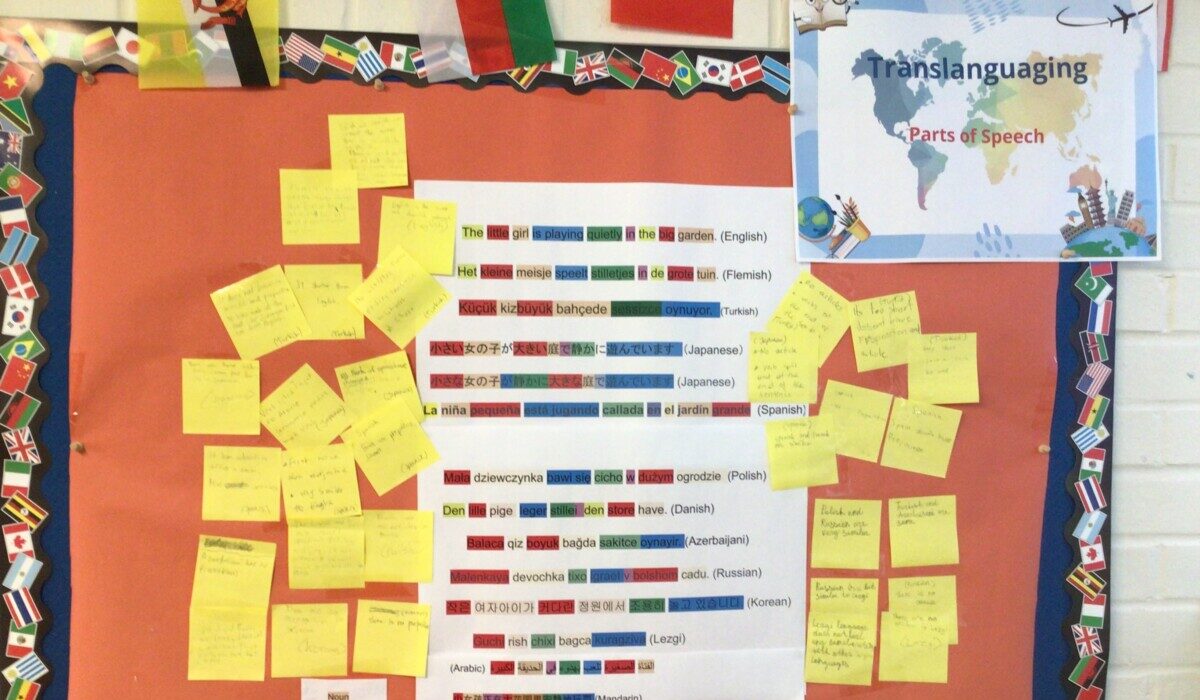For the EAL Coordinator series, Dr Esther Bettney Heidt (Multilingual Learning Research Center, University of Wisconsin-Madison) interviews Marijke Rivers-Andries (TASIS England)
Esther: Many international schools are very interested in the concept of translanguaging. Current research suggests translanguaging supports students’ engagement with academic content and their sense of belonging. Many teachers are looking for practical examples of how teachers can employ translanguaging in their classrooms. Marijke, can you share some ways you’re using translanguaging in your role as the Middle School EAL Coordinator at TASIS England?
Marijke: Translanguaging has become second nature in the Middle School EAL classroom. Whenever a new concept is introduced, we find a way to link it back to everyone’s home language. What I find fascinating is that most of these translanguaging activities happen naturally, through a simple question or comment from a student.
For example, when teaching about adjectives, a student from Spain asked me whether the adjective is always placed before the noun because in Spanish the noun comes first. From there, we decided to annotate a simple mentor sentence. Everyone translated the sentence into their home language(s) and annotated it again. We then compared, looking at the similarities and differences. With post-its in hand, students went on a gallery walk and made connections between different languages. At lunchtime, I was excitedly telling a colleague about what had happened in my classroom and she asked me to share it with her. She pointed out that seeing a home language sentence structure would be beneficial to grading written work. I followed up by adding each student’s home language sentence to their individual profiles, giving teachers another data point when supporting our multilingual students.
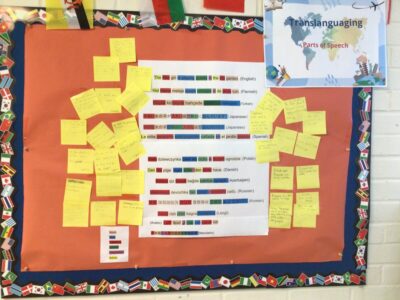
Parts of Speech overview displaying the different languages and conclusions students made
A similar project emerged when students were writing stories. They asked me how to correctly write dialogue so we spent a lesson on the rules and conventions of writing dialogue in English. A student noted a difference, referring to the quotation mark. For homework, I asked students to bring in a passage from a story that includes dialogue. We made a photocopy and stuck it to a large piece of paper. First, we used an English excerpt and annotated it using their knowledge from the previous lesson. Then, students annotated their home language(s) excerpts, quickly realizing they did not know the rules and conventions in their home language so some research was needed. As before, we finished with post-it notes and a gallery walk to compare the rules and conventions of dialogue writing in different languages.

Punctuating dialogue in English, Japanese, Spanish, and Dutch
Esther: Terrific, thank you for sharing those very practical examples. We know as teachers, time is precious. What would you say to teachers who are concerned they do not have time to incorporate translanguaging?
Marijke: While the two comparative activities I described took time, there are smaller activities that can still have an impact on student buy-in and recognition of their identities. Here are two examples:
On 29 February, we had a conversation about dates. I quickly wrote the words “leap year” on the board and we talked about the extra day in February. A student raised their hand and said that the literal translation from their home language was “extra year” which we all thought was brilliant. We quickly investigated other meanings and wrote them down.
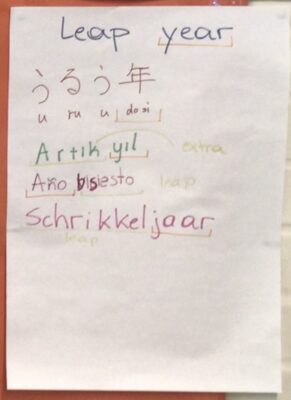
Leap Year in Japanese, Turkish, Spanish, and Dutch
When learning the months of the year, I asked my Japanese students how to pronounce “January” in Japanese. I then asked whether they could see a link between “January” in English and Japanese. They explained that in Japanese, the months are actually numbered, so January means “month one”. I loved this so we wrote it down.
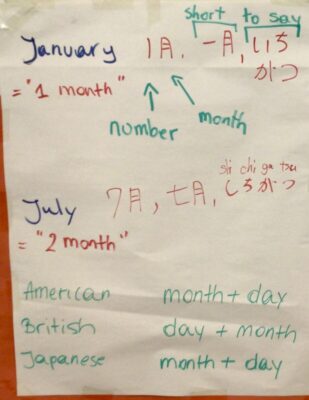
Japanese days of the month which do not have names but are numbered
These translanguaging activities only lasted about five to ten minutes but they made an incredible difference to these students and it changed my relationship with them. My next step is to bring these translanguaging strategies into the other Middle School classrooms.
Esther: Marijke, thank you so much for sharing how translanguaging pedagogies, whether planned ahead of time or as spontaneous responses, can support students in engaging with academic content and expanding their linguistic repertoires. I know one thing you are excited about in this upcoming year is considering how to promote translanguaging pedagogies across the school to support students’ access to academic content and expand their entire linguistic repertoires. We look forward to hearing about your future success!
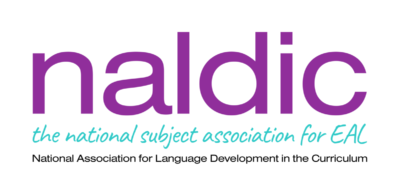
Find out more about multilingual teaching and learning
- Join one of our Regional or Special Interest Groups
- Attend one of our free NALDIC events this year
- Do you have a story to share? Write a post for the NALDIC blog


